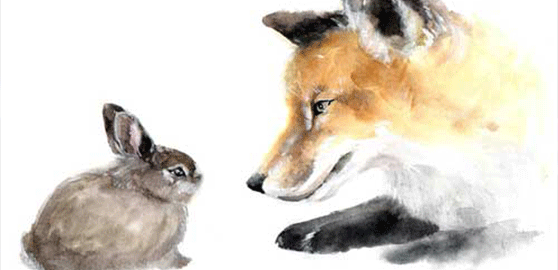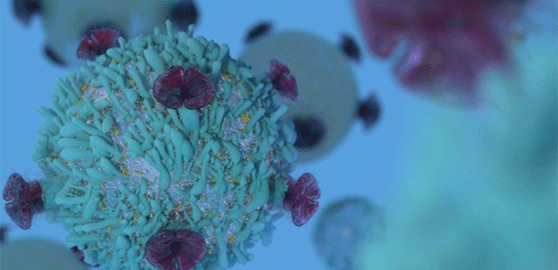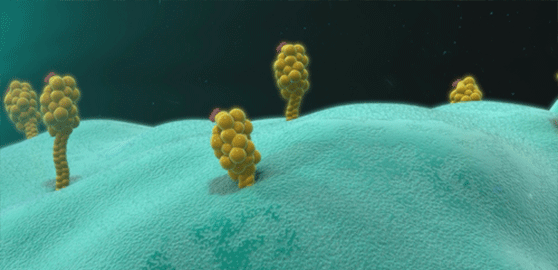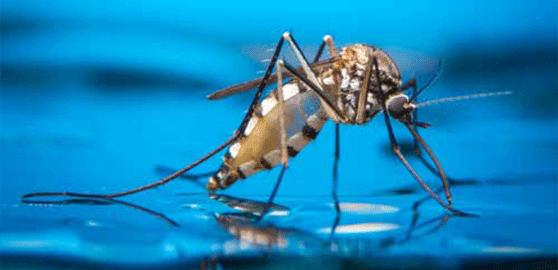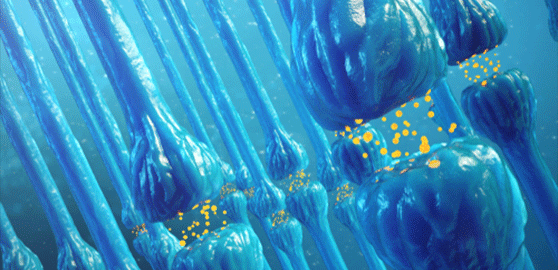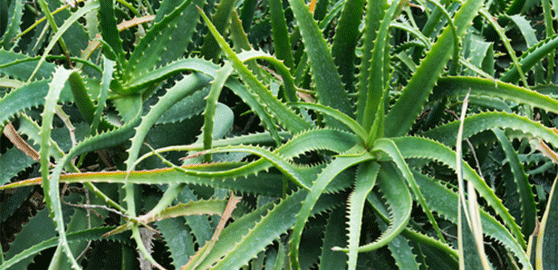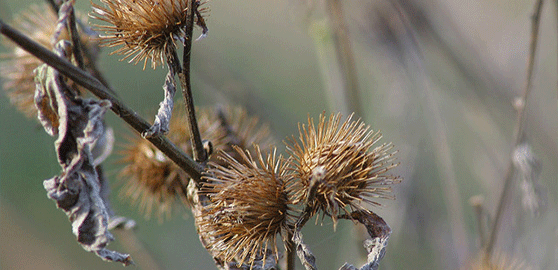
Stem Cells
VCE Biology Unit 2 Areas of Study 1 and 3
This sequence focuses on the types and functions of stem cells and the application of stem cell technology. A/Prof. Megan Munsie contributed her understanding of the ethical, social and regulatory issues with stem cells and a drama inquiry looking at issues associated with stem cells was facilitated by Dr. Jo Raphael.

